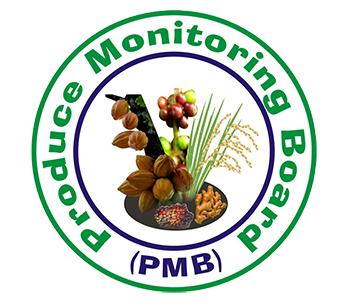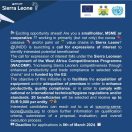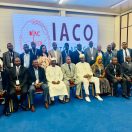Coffee Introduction
Though the cultivation of coffee in Sierra Leone has taken ages, yet how and when it was introduced into the country is not known. However, it seems likely that it was introduced to Sierra Leone much earlier than other West African countries. It spread in the districts of Kono, Kailahun, Kenema, Bo and Pujehun where the natural conditions are good and where in the past production was the most important agricultural export from Sierra Leone. The coffee tree is also present in other districts on very weak surfaces. Plantations established successively more than 50 years ago with an unknown origin of planting material. However in 1982 clonal gardens were established in Kpuabu/ Kenema District and in Pendembu/ Kailahun District, with planting material from Ivory Coast. These clonal gardens are at presently revitalized.
Robusta coffee was once an important economic factor in Sierra Leone, outweighing even cocoa in its export share. Coffee exports from Sierra Leone as a proportion of total sources of foreign exchange – in per cent was between 20 and 32%. Today, the situation is dramatically changed with only cocoa appearing with any significance in the international trade statistics. Coffee production in Sierra Leone went to 25,000 tons before the war. But then it fell down to 2,000 – 5,000 tons presently.
The coffee cultivated in Sierra Leone belongs to the variety known under the variety of Coffeae Canephora collectively called coffee Robusta.
In Sierra Leone coffee is grown in many different parts, but the areas of highest density are in the Kailahun, Kenema and Kono Districts in the Eastern Province.
The estimated areas under cultivation is 69,000 hectares.
Despite the cross border trade of coffee beans to Guinea the average production for the past three years (2015/16- 2017/18) is 2,458.33 metric tons.



